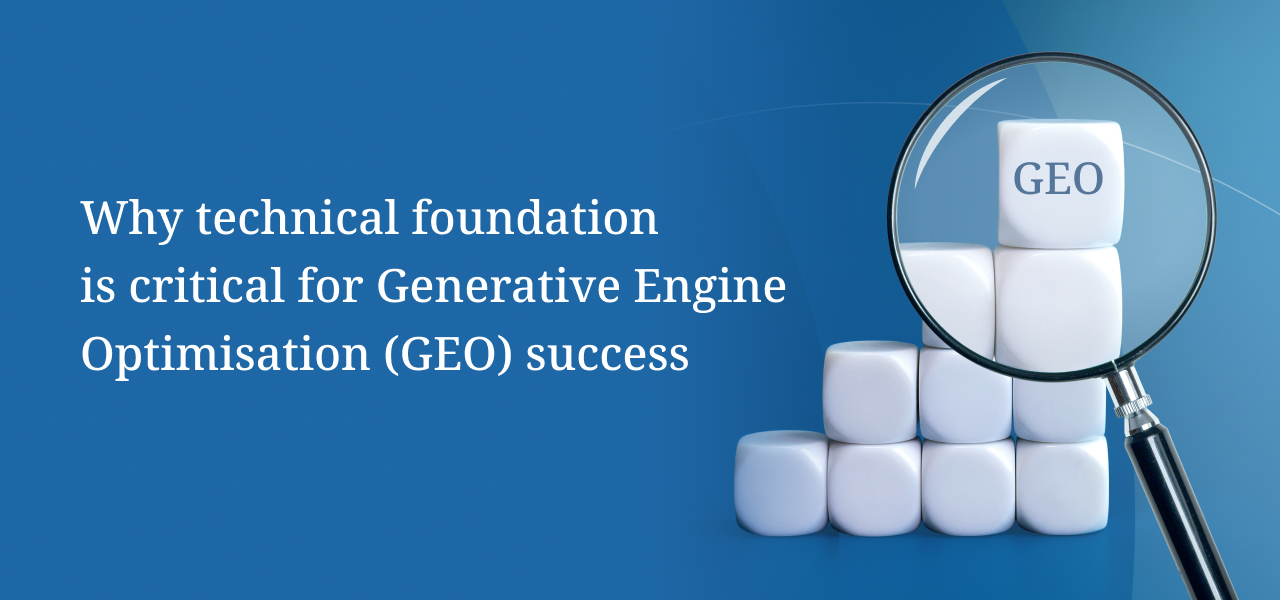SEO in 2025 is no longer about chasing algorithms. It’s about understanding people. Today’s search strategies must be built around user experience, genuine expertise, and content that provides real value. Organic search accounts for 53.3% of all website traffic, proving that high-quality content and an SEO-focused user experience drive real results.
Google’s AI-driven algorithms are now highly capable of interpreting user intent and content quality. As a result, the brands that succeed are not those trying to game the system, but those that genuinely help users.
Modern SEO demands a careful balance of technical performance, strategic content development, and meaningful user engagement.
Is SEO dead in 2025?
Absolutely not. In fact, SEO is more alive and more essential than ever. What has died is the outdated model of manipulating search engines through technical loopholes and over-optimisation.
The modern SEO approach is holistic and user-focused. It rewards relevance, clarity, and depth over shallow keyword targeting. If you’re still relying on old tactics, you’re not just behind, you’re invisible.
The critical role of user-centric SEO in B2B marketing
A user-first SEO strategy delivers far more than higher rankings. It drives tangible business impact.
1. Enhanced brand awareness:
Appearing prominently in relevant search results builds authority and familiarity among your target audience.
2. Qualified lead generation:
Users who discover your content through intent-driven queries are typically already engaged in a buying journey.
3. Cost-effective growth:
When done correctly, SEO generates long-term value that compounds over time, often outperforming paid channels in ROI.
4. Sustainable visibility:
Unlike paid ads, well-optimised content can remain visible for months or even years with proper upkeep.
Key trends driving B2B user-centric SEO in 2025
Google’s emphasis on high-quality content
Google’s definition of “quality” has matured. It now looks for content that demonstrates depth, originality, and user value, not just keyword optimisation.
High-performing pages tend to offer well-structured insights, clear answers, and meaningful perspectives that address users’ real concerns.
Rise of AI and the search generative experience
With AI-generated answers now appearing via Google’s AI Overviews, users can often find what they need without clicking through to a website. This doesn’t make content obsolete, but it does require more strategic structuring. At Manning & Co., we’ve seen success with FAQ-style content designed to address common user queries.
For instance, we published an article titled “What is background screening and why is it important?” for our client RMI, a background screening provider in Singapore. Within a few weeks, it appeared in AI Overviews for relevant queries. This outcome illustrates how well-structured, user-first content, especially when backed by topical authority, can earn visibility even in zero-click environments. It also reinforces the importance of GEO (Generative Engine Optimisation) in today’s evolving search landscape.
Content must now provide concise, accessible answers up front while still offering additional depth for those who want to explore further. Studies show that when AI Overviews are present, organic click-through rates (CTR) can drop significantly, from around 2.94% to 0.84%, indicating a nearly 70% decline. To stay relevant in AI-driven SERPs, content must balance quick, digestible insights with more in-depth information that encourages engagement and click-throughs.
By adopting this dual-layer approach, brands can improve visibility in AI-powered search while ensuring their content remains valuable to users navigating this evolving search landscape.
Building topical authority and refreshing existing content
Search engines now assess your authority across a full topic area, not just page by page. That means consistent, in-depth coverage of core themes is vital.
Refreshing older content is also a key tactic. Updating outdated information, enhancing readability, and improving internal linking can have a noticeable impact on rankings and engagement.
Addressing zero-click searches
The rise of featured snippets, knowledge panels, and AI-generated summaries means fewer users click through to websites. However, zero-click doesn’t mean zero value.
SEO strategies should now account for visibility in these features. Optimising for brand exposure, credibility, and indirect conversions through awareness. It’s also worth tracking search visibility alongside traffic to understand your full impact.
User experience: the heart of user-centric SEO
User experience is now a direct ranking factor. Google’s Core Web Vitals assess page speed, visual stability, and interactivity. All key components of a good user journey.
In addition, mobile-first indexing prioritises websites that perform flawlessly across all devices. Clear navigation, accessibility, and intuitive layouts are no longer “nice to have”; they are essential.
The importance of E-E-A-T in B2B SEO strategy in 2025
Google’s E-E-A-T framework (Experience, Expertise, Authoritativeness, Trustworthiness) is now central to assessing content quality and ranking potential.
To improve your E-E-A-T signals:
● Ensure content is written by qualified professionals
● Use proper citations and transparent sources
● Include first-hand experiences and case studies
● Keep content updated and factually accurate
● Secure your site and showcase transparent business practices
At Manning & Co., we help our clients establish strong E-E-A-T foundations through expert-led content creation and robust editorial processes.
Next steps: elevate your B2B SEO strategy
User-centric SEO is no longer optional. It’s the standard for achieving meaningful and lasting search visibility in 2025. But understanding what needs to change is only the first step. The true challenge lies in execution.
From technical audits to content mapping, structured data to UX design, implementing a successful SEO strategy requires both expertise and precision.
The brands seeing real results in 2025 are those that treat SEO as more than just a ranking game. They invest in better content, seamless UX, and long-term credibility.
At Manning & Co., we understand the unique challenges of driving organic growth in the B2B space, where complex buyer journeys, niche audiences, and trust-building content are essential.
Contact us today to discover how Manning & Co. can help you implement a user-first SEO strategy that enhances visibility, strengthens authority, and delivers measurable business results.




